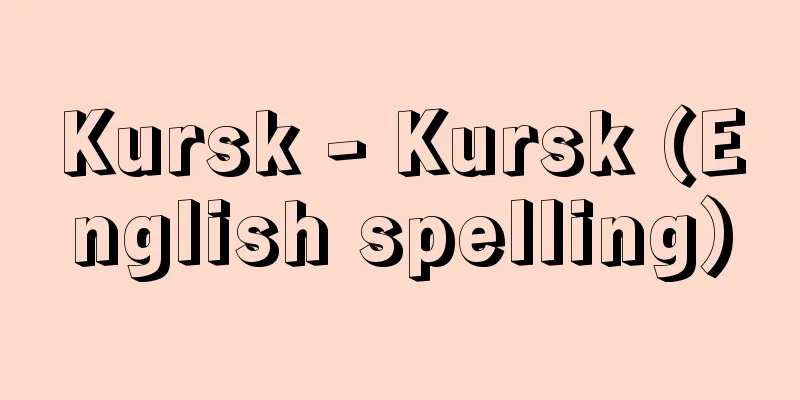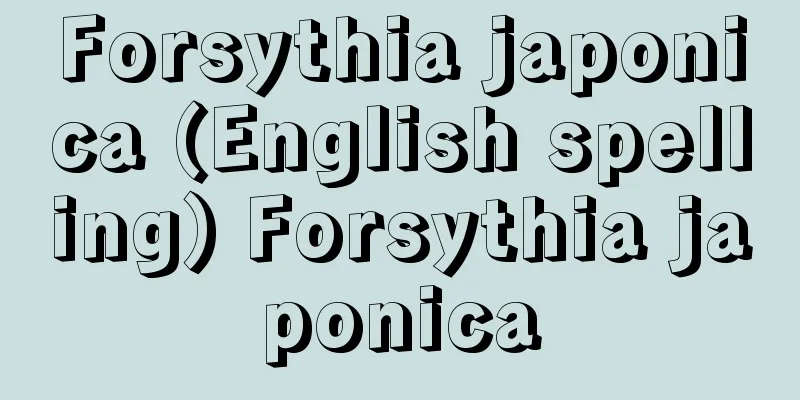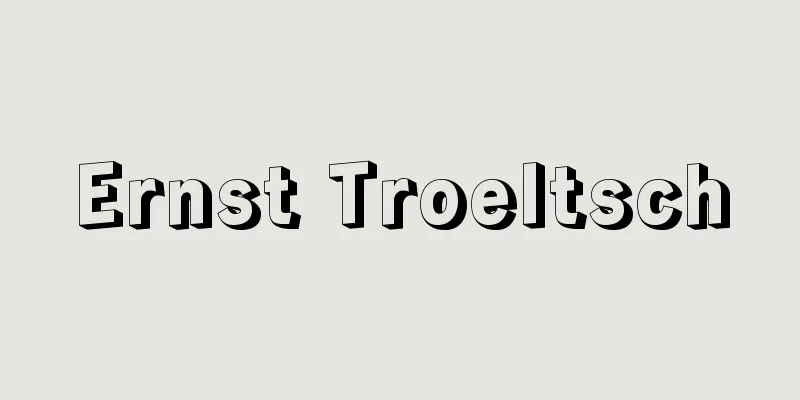Kursk - Kursk (English spelling)

|
The capital of Kursk Oblast in western Russia. Located in the central black soil zone, it is located on the banks of the Seym River near the confluence of the Seym River and its tributary, the Tskali River. It is a key transportation hub, with railways linking Moscow with Kharkov in Ukraine, Voronezh with Kiev in Ukraine, and a highway linking Moscow with Simferopol in Ukraine. Population 445,400 (1999). It is the central industrial city of Kursk Oblast, with industries in machinery (bearings, electrical equipment, tractor parts), chemicals (fibers, pharmaceuticals), and shoemaking. It has been known as a fortress of Kievan Rus since the 10th century. It became part of Lithuania in the 14th century, but became part of Russia in the early 16th century, and from the end of the 16th century it was one of the defensive fortifications against the Crimean Tatars. It became a commercial center in the 18th century, and the food industry developed in the late 19th century. It was occupied by German forces in 1941 during World War II and suffered great damage. However, in July 1943, the Soviet army launched a major offensive and engaged in the largest tank battle of World War II, defeating the German army and leading the Soviet Union to victory in the war. There are educational and cultural facilities such as the universities of education, medicine, agriculture, and technology, the Soil Erosion Prevention Research Institute, the Kursk War History Museum, and a symphony orchestra, and the Troitsky Church (17th century) and Kargievsky Cathedral (18th century) are preserved. [Taizo Nakamura] Source: Shogakukan Encyclopedia Nipponica About Encyclopedia Nipponica Information | Legend |
|
ロシア連邦西部、クルスク州の州都。中央黒土地帯にあり、セイム川とその支流ツスカリ川の合流点付近の川岸に位置する。モスクワとウクライナのハリコフ、ボロネジとウクライナのキエフをそれぞれ結ぶ鉄道や、モスクワとウクライナのシンフェロポリを結ぶハイウェーが通る交通の要地。人口44万5400(1999)。クルスク州の中心的な工業都市で、機械(ベアリング、電気、トラクター部品)、化学(化繊、薬品)、製靴工業などがある。 キエフ・ロシアの要塞(ようさい)として、10世紀より知られていた。14世紀にリトアニア領に属したが、16世紀初めにはロシア領に入り、16世紀末からはクリム・タタールに備える防塞の一つであった。18世紀から商業中心地となり、19世紀後半に食品工業が発展した。第二次世界大戦中の1941年ドイツ軍に占領され、大きな被害を被った。しかし43年7月にはソ連軍が大攻勢に出て、第二次世界大戦中最大といわれる大戦車戦を展開、ドイツ軍を破って大戦をソ連の勝利へと導く契機となった。教育、医科、農業、工科の各大学、土壌侵食防止研究所、クルスク戦史博物館、交響楽団などの教育・文化施設があり、トロイツキー教会(17世紀)、カルギエフスキー寺院(18世紀)が保存されている。 [中村泰三] 出典 小学館 日本大百科全書(ニッポニカ)日本大百科全書(ニッポニカ)について 情報 | 凡例 |
<<: Kursk Tank Battle - Kursk Tank Battle
>>: Bostorycapulus gravispinosus
Recommend
Zaragoza, I.
…After France installed Archduke Maximilian as Em...
Cardiac catheterization - Shinzou Catheterho (English spelling)
Cardiac catheterization is also called cardiac cat...
Heiji Rebellion
A civil war broke out in 1159 (Heiji 1) at the end...
Chaikovskii, NV (English spelling) ChaikovskiiNV
... Students who rebelled against Nechayev's ...
Ofunasama - Ofunasama
...The spirit of the ship may also be replaced wh...
Dreyer, E.
In response, SOHYO held an extraordinary conventi...
Arikamedu (English spelling)
Located south of Pondicherry in the state of Tamil...
The National Republican
…It was founded in 1877 in Washington, D.C., by S...
Choral polyphony
...Polyphony, which had previously been used main...
Premature baby - Mijukuji
Premature and low birth weight babies Generally, a...
Sendaihira
It is a type of silk hakama fabric, but because i...
Catanzaro (English spelling)
It is the capital of the Calabria region in southe...
Imputed costs - imputed costs
...Generally, a cost is the price that an economi...
Hyacinth bean (Fuji bean/Mag bean) - Hyacinth bean (English spelling)
It is said to be native to India, Southeast Asia o...
Overglaze - Uwae
〘 noun 〙① A picture or pattern that is painted ove...









